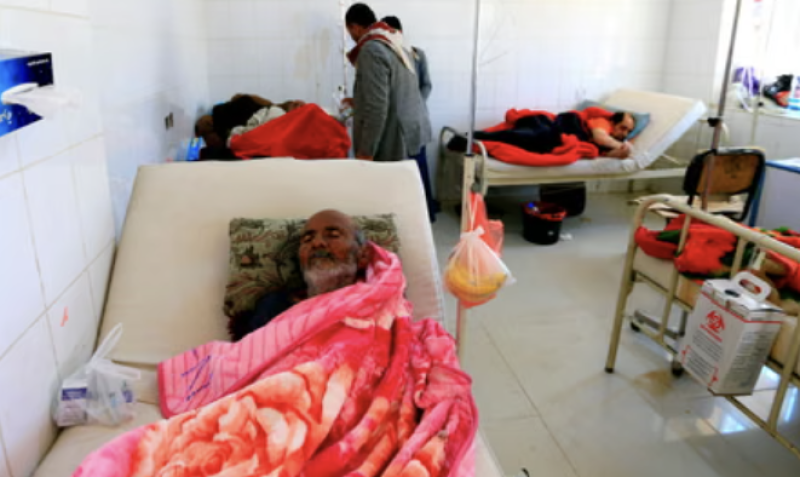IOM Yemen: Rapid Displacement Tracking - Third Quarter Report


During the reporting period, between 1 July and 30 September 2023, IOM Yemen DTM tracked 1,089 households (HHs) (6,534 individuals) who experienced displacement at least once. This compares to 1,016 households (6,096 individuals) in the second quarter 2023 representing an seven per cent increase. Since the beginning of April 2022, the number of tracked new instances of displacement has been declining with a truce held between conflicting parties until October 2022. However, the number began to light rise in the first quarter of the year 2023 (2,495 HHs) due to the renewed conflict in Harib (Ma’rib) and heavy rains and floods in Shabwah governorate. The monthly average of household displacements in 2023 so far has been 511 with a high of 1,079 in January 2023 compared to an average of 845 in 2022 with a maximum of 2,453 in January 2022.
The governorates with the highest number of new displacements are Ma’rib (494 HHs), Ta’iz (282 HHs), and Al Hodeida (218 HHs). These governorates are all located in areas that have been heavily affected by the conflict in Yemen. Safety and security concerns as a result of the conflict were the main reason for displacement, accounting for 77 per cent (836 HHs) of the total, followed by economic reasons related to conflict, accounting for 23 per cent (248 HHs). While displacement due to other reasons and natural disaster reasons represented less than one per cent (5 HHs).

Aden — The Government of India has dispatched more than 60 tons of medical assistance to Yemen, aimed at meeting urgent health needs in commu…

Aden — Yemen has been ranked as the world’s second most affected country by cholera, following Afghanistan, amid a surge in suspected c…

Aden -- Syrian and Iranian drug manufacturers have shifted their activities to Yemen after the overthrow of the Assad dynasty last year, according…